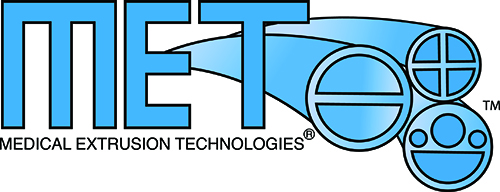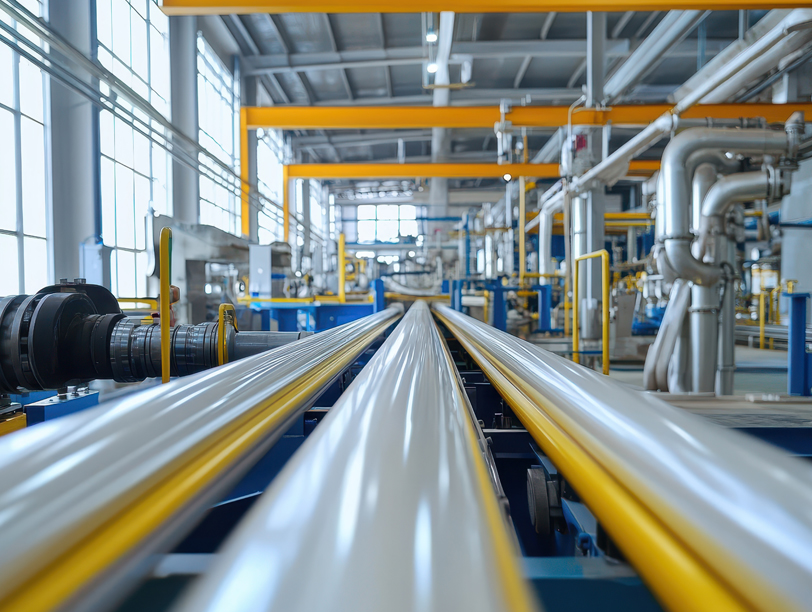For decades, companies offshored production to capitalize on lower labor and material costs abroad. However, rising geopolitical tensions, supply chain disruptions, and tariffs have led to a significant reversal—onshoring. In 2022 alone, approximately 360,000 manufacturing jobs returned to the U.S., a 53% increase from the previous year. This trend is reshaping industries, particularly in highly regulated sectors like medical device manufacturing and medical extrusion. To understand the impact, the key concepts of onshoring and reshoring need to be defined and some impacts for medical extrusion companies highlighted.
What Is Onshoring?
Onshoring is the relocation of manufacturing within national borders, a response to rising geopolitical risks, supply chain fragility, and the increasing costs of overseas production. Unlike offshoring, which prioritizes low labor costs, onshoring emphasizes proximity, quality, and security—especially in industries where precision and compliance are paramount, such as medical device manufacturing.
Other related strategies you may hear in the same conversation are:
- Reshoring – The return of manufacturing after a period abroad, often prompted by supply chain disruptions or shifting cost advantages. In medical extrusion, reshoring ensures better oversight of material quality, sterilization standards, and FDA compliance.
- Nearshoring – Moving production to a nearby country, balancing cost savings with logistical efficiency. A U.S. manufacturer might nearshore operations to Mexico or Canada, reducing transit times while maintaining closer regulatory alignment.
While all three strategies aim to reduce risk and improve efficiency, onshoring offers the highest level of control—an advantage increasingly worth the cost.
Take a Tour: Look at Medical Extrusion Technologies’ domestic facilities
The Forces Driving Onshoring in Medical Manufacturing
The COVID-19 pandemic exposed the vulnerabilities of global supply chains, particularly in the healthcare and medical device sectors. According to a Deloitte study, 60% of manufacturers faced significant disruptions due to supply shortages and transportation delays. These challenges have led to a resurgence of onshoring and nearshoring strategies, aimed at strengthening supply chain resilience.
Medical extrusion, a critical process for producing tubing, catheters, and other medical components, has been particularly affected by these disruptions. Many companies now prioritize onshore production to ensure reliability and compliance with stringent regulatory requirements set by the FDA and ISO.
Navigate Compliance: Learn more about Medical Extrusion Technologies capabilities
The Role of Digital Manufacturing in Onshoring
Traditionally, shifting supply chains was a slow and costly process, requiring years of planning and significant capital investment. However, advancements in digital manufacturing, automation, and AI-driven analytics have accelerated the feasibility of onshoring. Deloitte reports that companies leveraging digital supply chain solutions reduce lead times by up to 50% while improving cost efficiency.
For medical extrusion, digital manufacturing enables:
- Rapid prototyping: Faster development of medical tubing with precise tolerances.
- Flexible production: Small-batch customization for specialized medical applications.
- Supply chain transparency: Real-time tracking of material sourcing and compliance.
Get A Quote Today: Quality products for every phase of the product development lifecycle
Government Incentives and Industry Trends
Government policies are also fueling the onshoring movement. The CHIPS and Science Act, Inflation Reduction Act, and Infrastructure Investment and Jobs Act provide financial incentives for domestic manufacturing investments. The U.S. medical device sector has benefited from these policies, with an estimated $200 billion in domestic manufacturing commitments since 2022.
Additionally, reshoring initiatives have driven a surge in medical-grade polymer production, a critical input for medical extrusion. This shift ensures greater control over material quality and reduces dependency on volatile global supply chains.
The Future of Medical Extrusion and Onshoring
Looking ahead, onshoring will continue reshaping medical extrusion and the broader medical device industry. As companies invest in automation, AI-driven quality control, and sustainable manufacturing practices, domestic production will become increasingly competitive.
Forecasts for 2023 project approximately 400,000 manufacturing jobs returning to the U.S., with 51% coming from China. This will bring the total number of reshored jobs to 2 million since 2010 according to Harris Williams, a global investment bank.
For medical device manufacturers, the shift toward onshoring is more than just a trend—it’s a strategic lever to pull, ensuring supply chain stability, regulatory compliance, and innovation in life-saving technologies.








Comments are closed